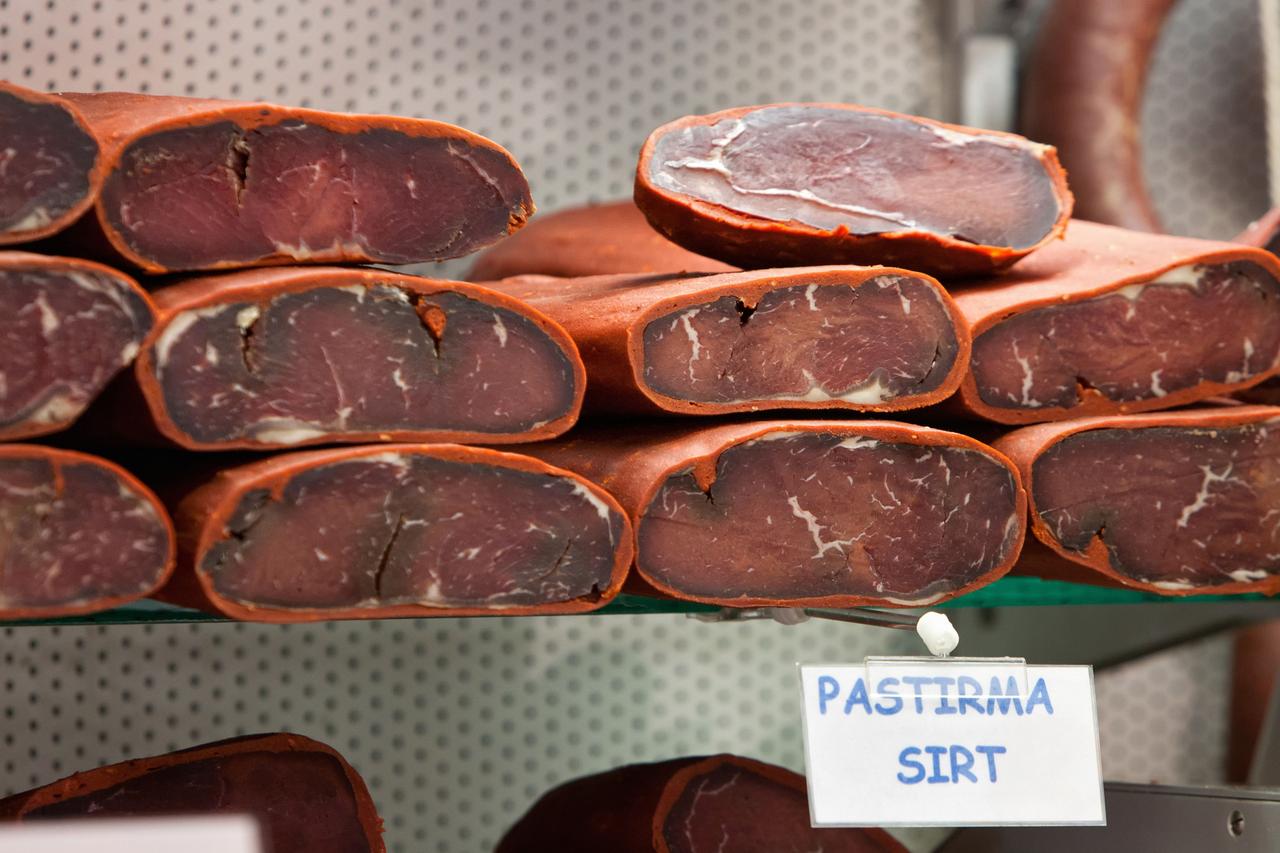
In the heart of Anatolia, a culinary treasure persists through the ages—pastirma, an ancient delicacy crafted from seasoned, air-dried meat. Once a necessity for survival among nomadic tribes of Central Asia, pastirma today is a celebrated symbol of Türkiye’s gastronomic heritage, blending tradition with modern food science.
Long before refrigeration, nomadic Turks developed an ingenious method of meat preservation. By salting, pressing, and drying meat under their saddles during long rides, they created what we now know as pastirma—derived from the Turkish word "bastirmak," meaning “to press.” This technique allowed warriors and travelers to store protein for extended journeys across Central Asia’s vast steppes.
Historical accounts trace the roots of pastirma to the Hun and Oghuz Turks, who carried pressed meat during conquests and migrations. As they moved westward, so did their culinary traditions, eventually establishing roots in Anatolia during the Seljuk era. The product found mention in 11th-century works like Diwan Lughat al-Turk (Compendium of the Turkic Dialects) by Mahmud al-Kashgari, cementing its role in Turkic food culture.
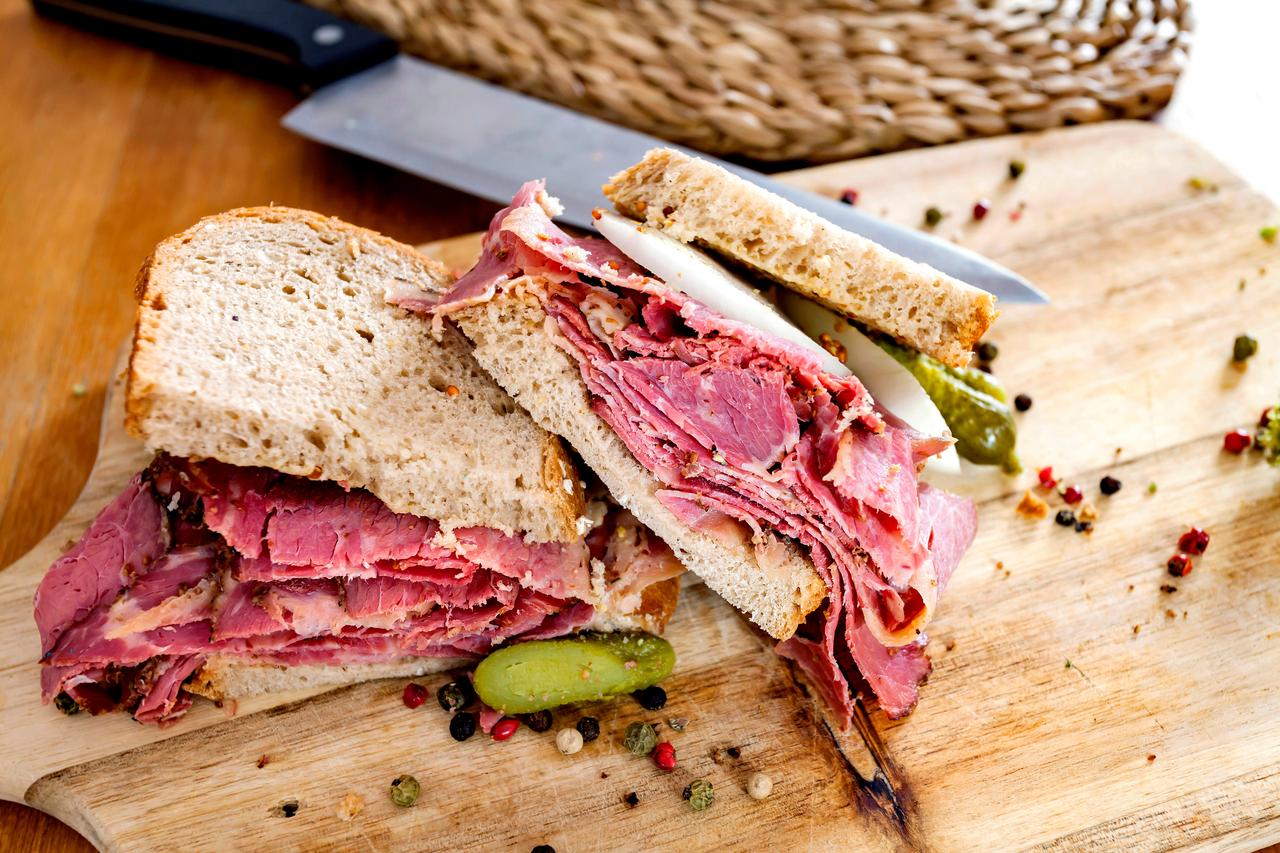
Though often misidentified as “pastrami” in English-language texts, pastirma is fundamentally different. While pastrami, popular in Jewish-American cuisine, is cooked and often smoked, pastirma is a raw, dry-cured product eaten without further preparation. The confusion stems from phonetic similarities and overlapping etymologies in Balkan and Middle Eastern languages, but the culinary distinctions are stark.
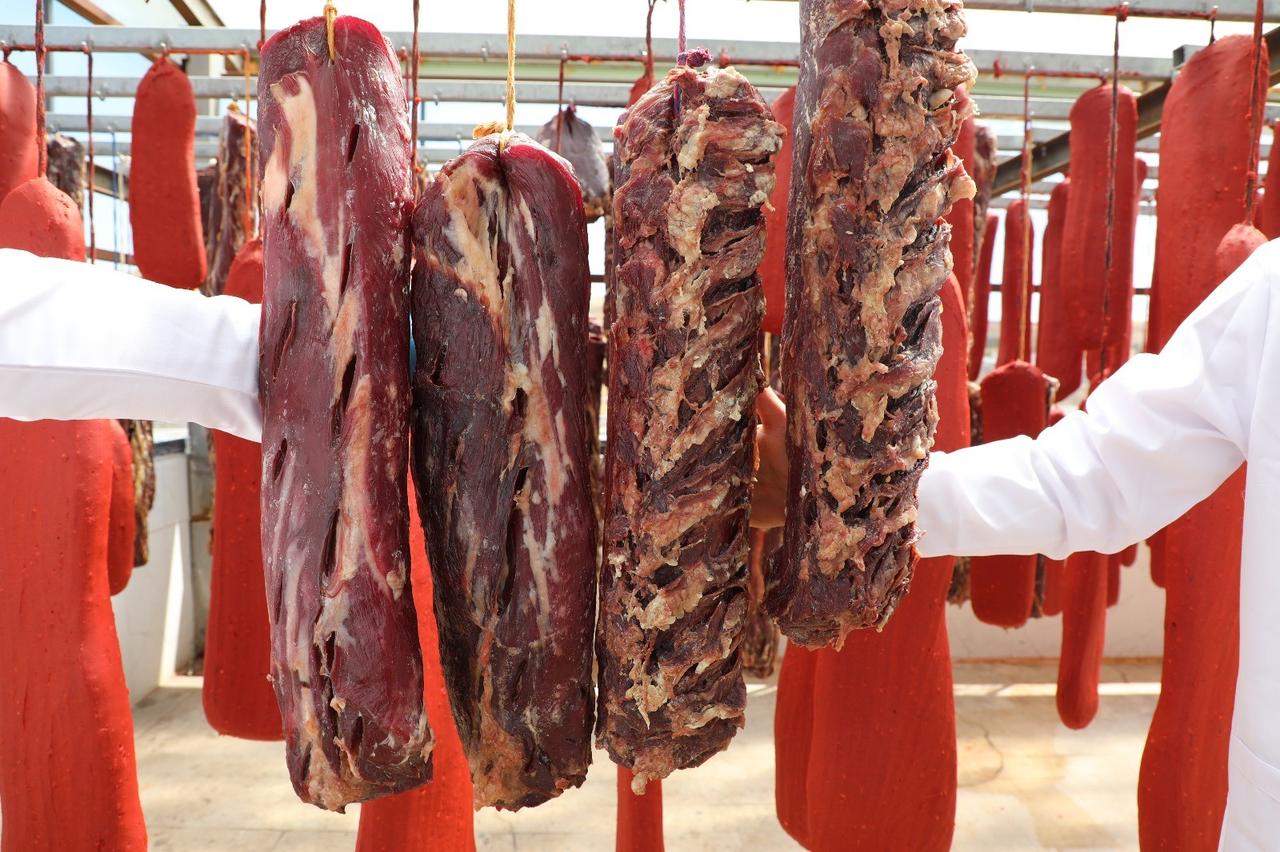
Traditional pastirma involves an intricate process: selecting mature cattle or buffalo meat, trimming and shaping the cuts, salting them, drying under controlled conditions, applying pressure, and finally coating the meat with a signature spice paste called cemen.
Cemen—a mix of fenugreek seed flour, garlic, red pepper, and water—gives pastirma its unmistakable aroma and acts as a natural preservative. It also serves as a barrier against microbial contamination and lipid oxidation, extending shelf life and enhancing flavor. Although some consumers find the smell overpowering, versions with scraped-off cemen have recently gained traction.
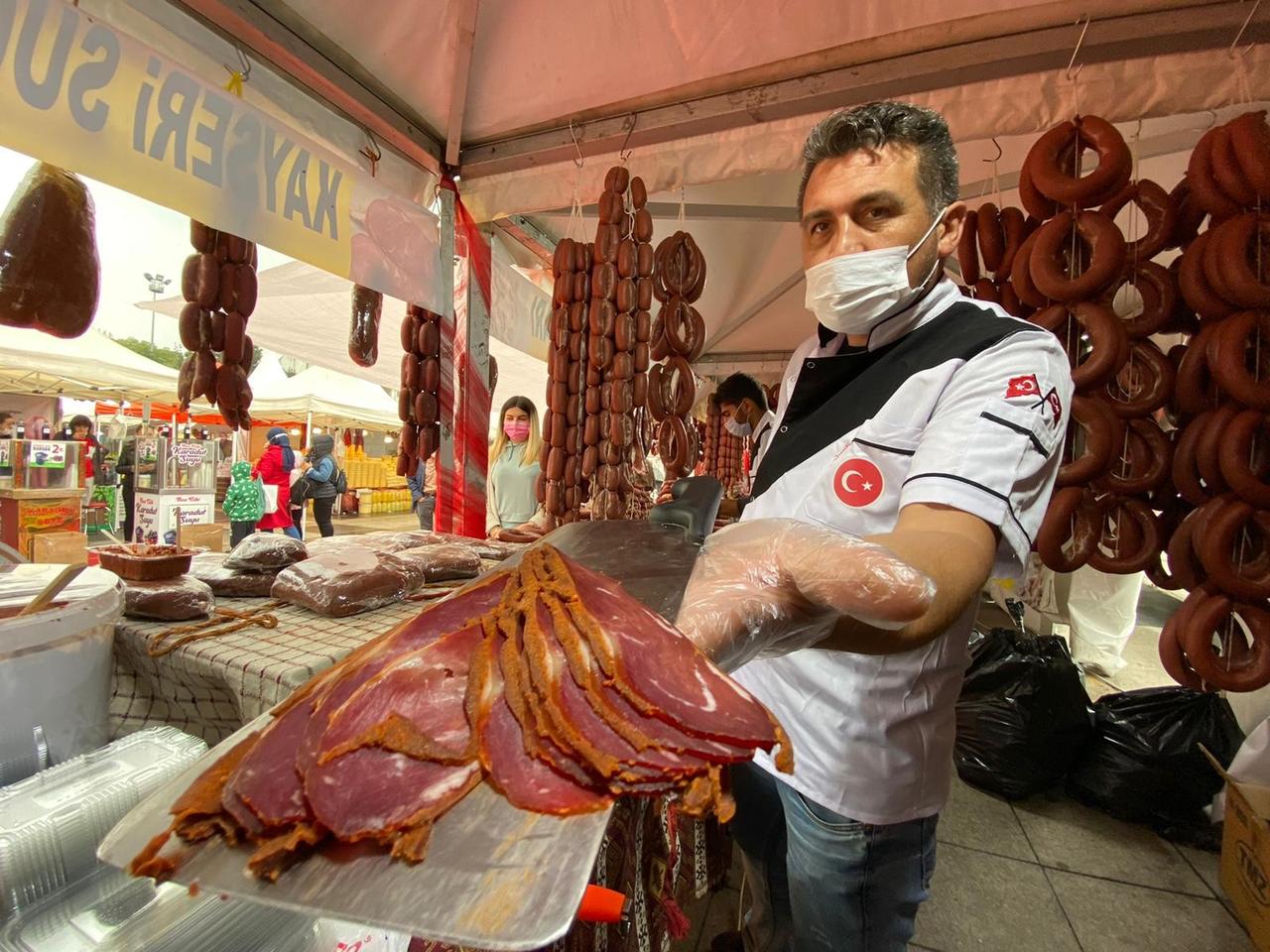
While the central Anatolian city of Kayseri is widely recognized as Türkiye’s pastirma capital, the northern city of Kastamonu also boasts a strong reputation for artisanal pastirma. Here, small-scale producers maintain age-old methods, relying on the cool, dry climate of the “pastirma summer”—a period in late autumn ideal for meat curing.
Despite the rise of industrial production, these local artisans continue to define quality through manual techniques and seasonal expertise, preserving the soul of the product.
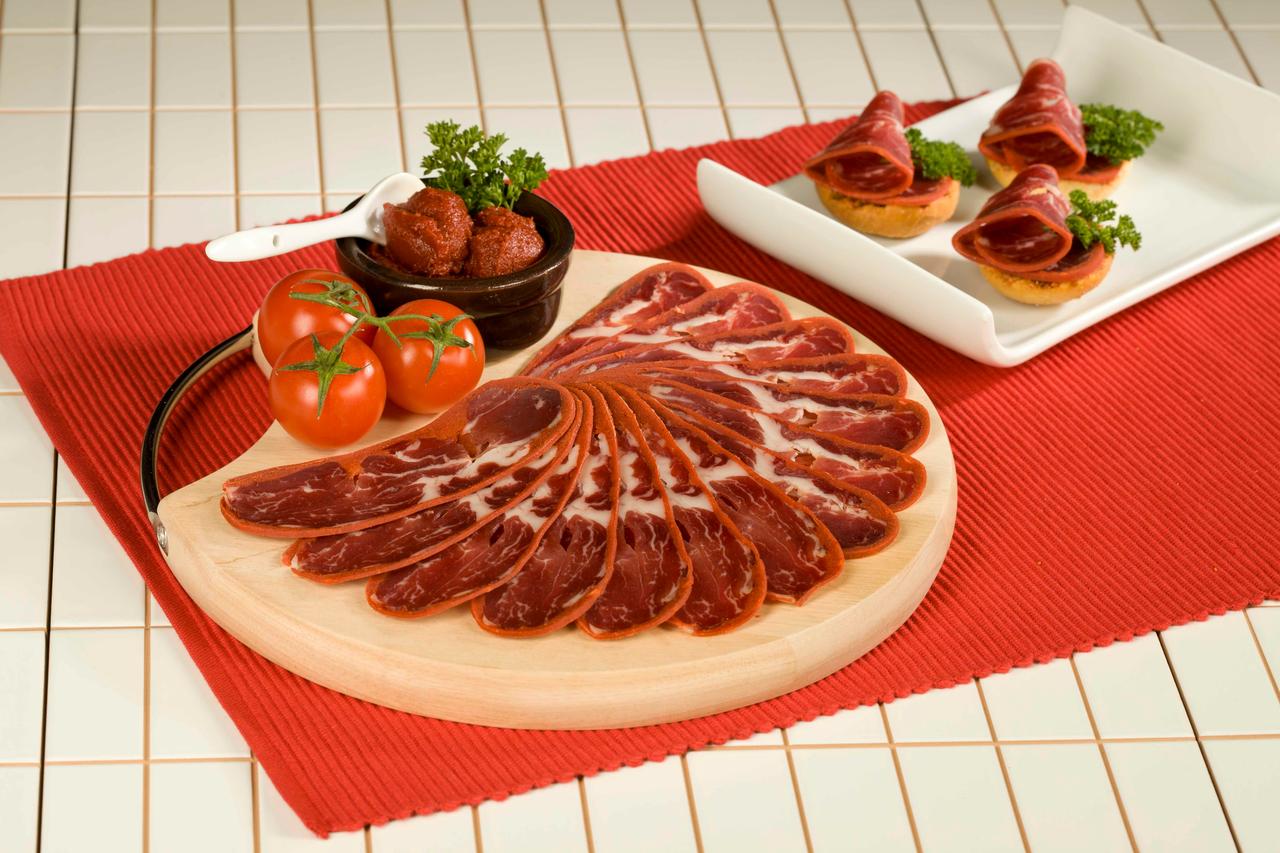
As with many traditional products entering mass markets, pastirma has faced its share of food fraud. Common issues include mislabeling lower-quality cuts as premium, using uninspected meat, and masking spoilage under fresh layers of cemen. Experts stress the importance of the HACCP (Hazard Analysis and Critical Control Point) system in mitigating these risks.
Furthermore, researchers highlight the need to differentiate genuine pastirma from similar but inferior products. Scientific studies continue to investigate ways to improve safety, reduce odor-related complaints, and expand pastirma’s probiotic potential.